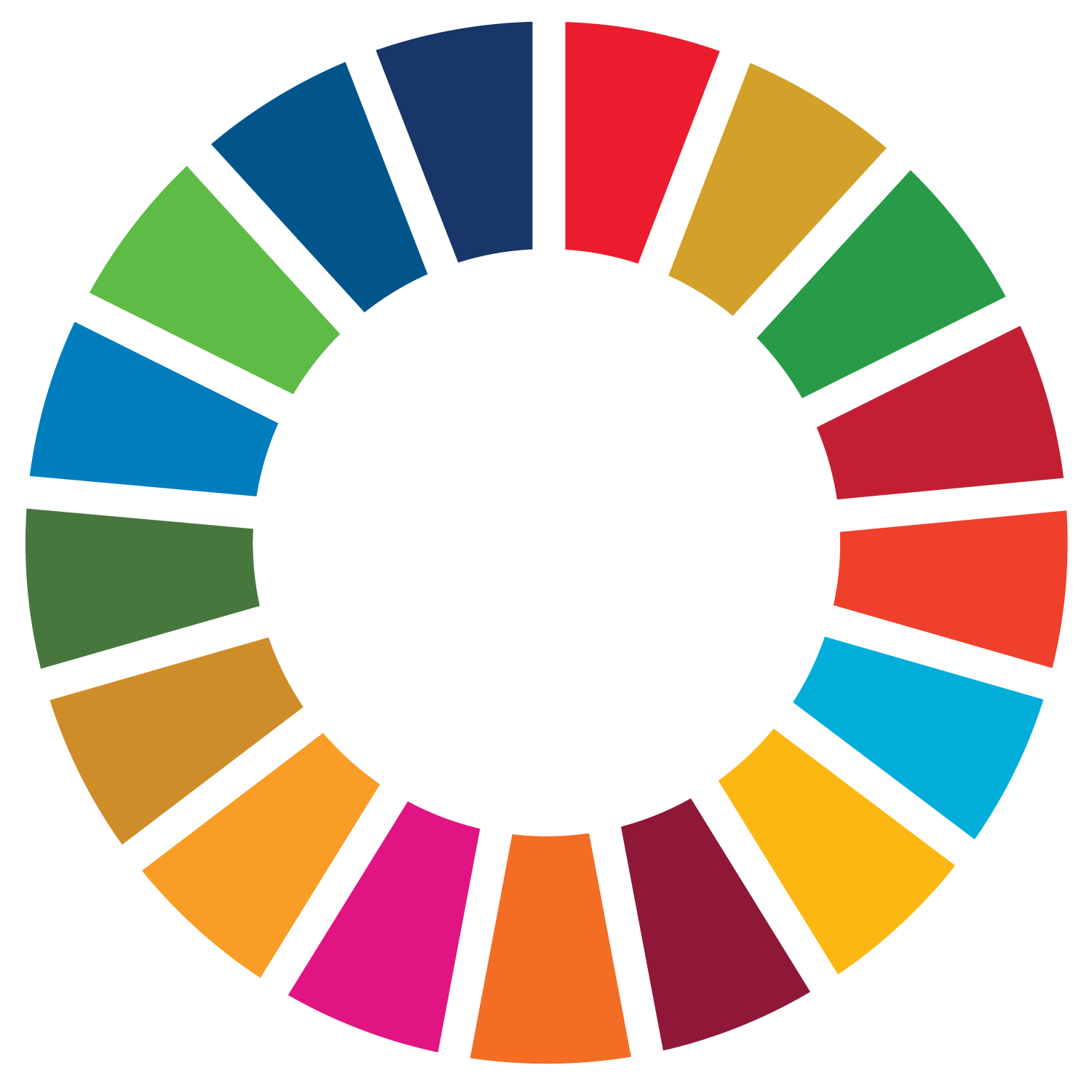Photo: Sierra Leone’s National Water Resources Management Agency (NWRMA)
In a landmark event, last year for the first time Sierra Leone submitted a report to the United Nations on the status of water quality in one of its most important river basins, the Rokel Catchment.
The assessment’s main finding was troubling: more than half of the river sections tested failed to meet national quality standards. This is yet another illustration of what experts are calling a ‘mushrooming water pollution crisis’, with around one-third of all rivers in Africa, Asia and Latin America being routinely exposed to untreated wastewater and agricultural run-off.
This assessment is an important first step in data collection and management for the country of 7 million, providing a basis from which officials can start tackling pollution. This is especially the case given the sporadic baseline of water quality monitoring in Africa.
Notably, the development of a monitoring system in Sierra Leone was facilitated by UNEP’s Global Environment Monitoring System/ Water (UNEP GEMS/Water) Capacity Development Centre. The Centre provided financial support to key staff, including the country’s head of hydrological services, to receive relevant graduate training abroad. This further stresses the importance of knowledge transfer and capacity-building mechanisms on an international level.
Sierra Leone now has plans to expand monitoring to neighboring basins and develop laboratory capacity. Both will be crucial if it hopes to achieve Sustainable Development Goal 6 indicator targets, something that most of the world is currently “tremendously off-track” for.
A full length article on the initiative can be read on UNEP website here.
Share this post
UNEP-DHI Centre on Water and Environment
Agern Allé 5, 2970 Denmark
Tel: +45 45169200
